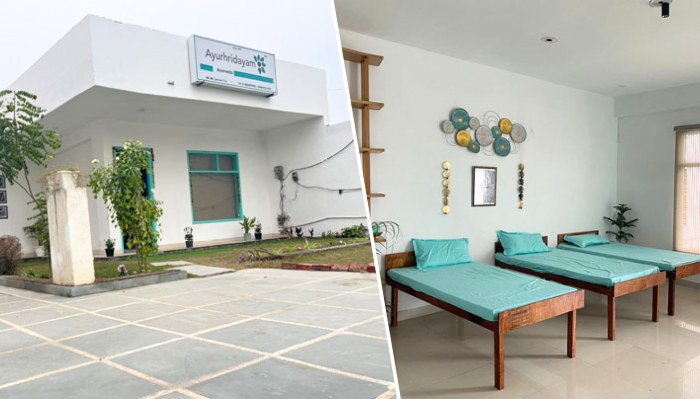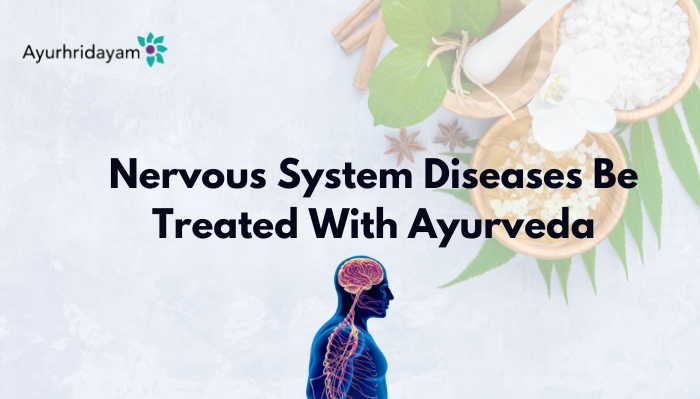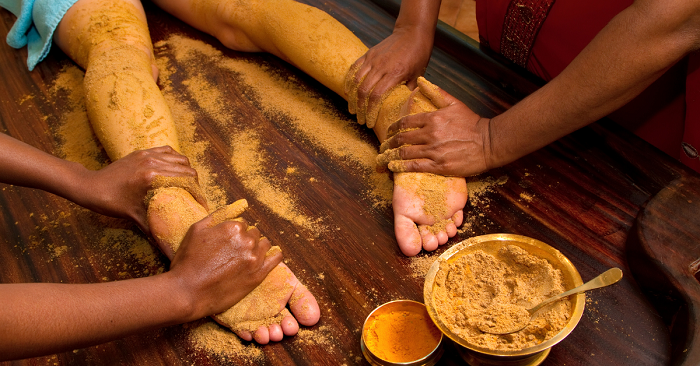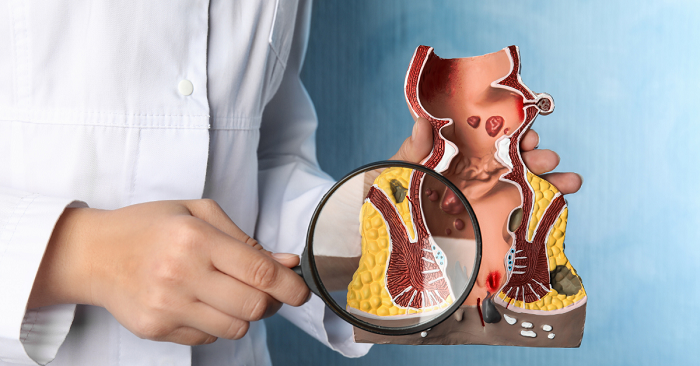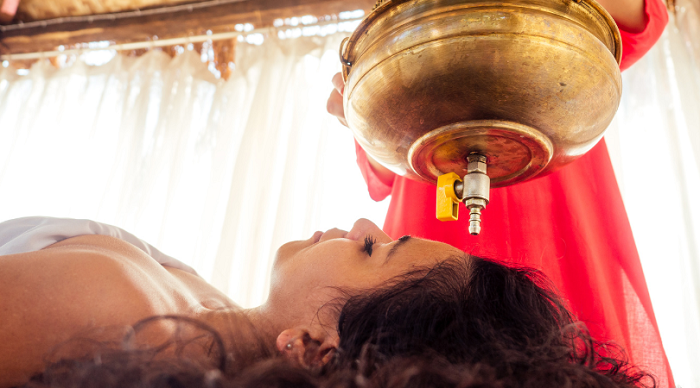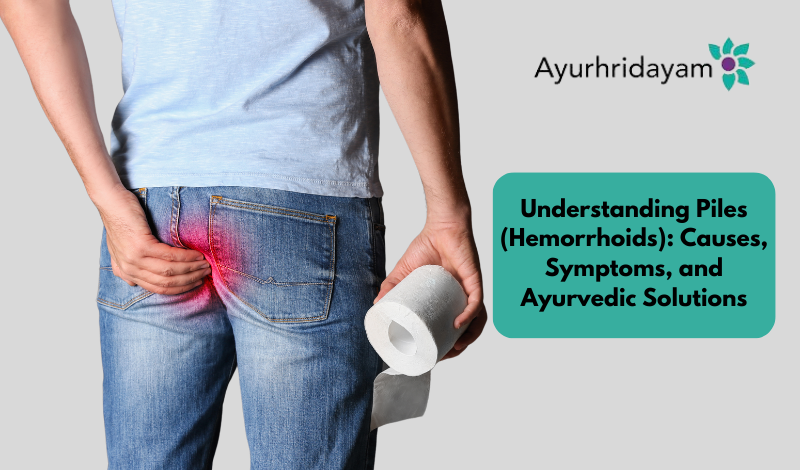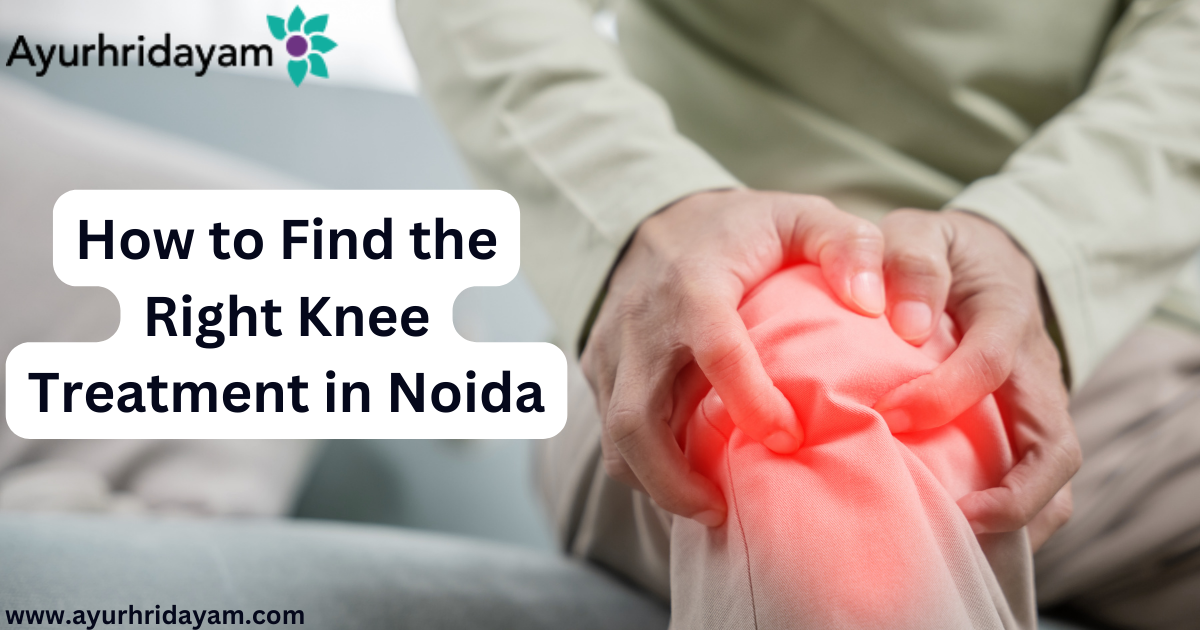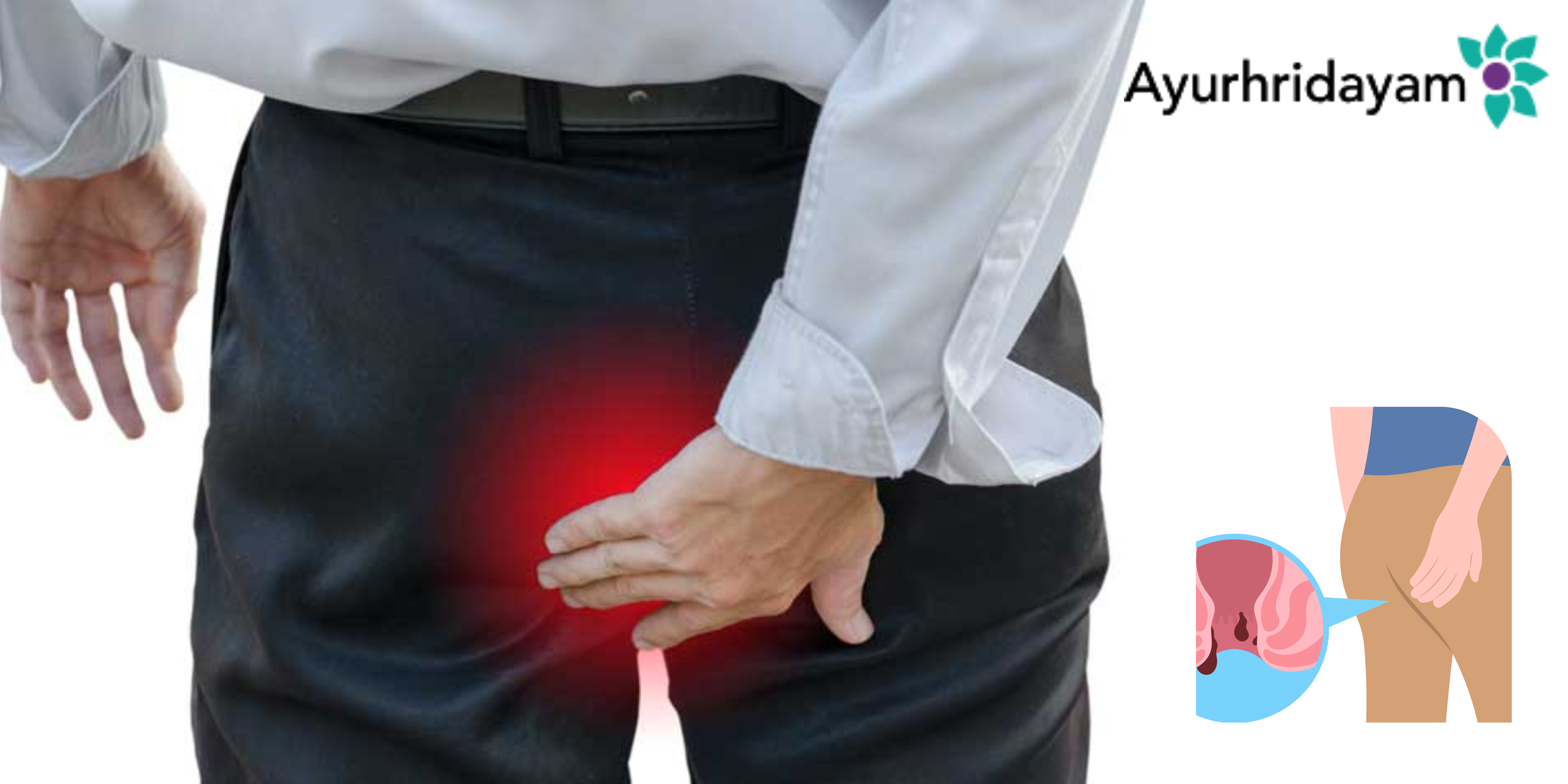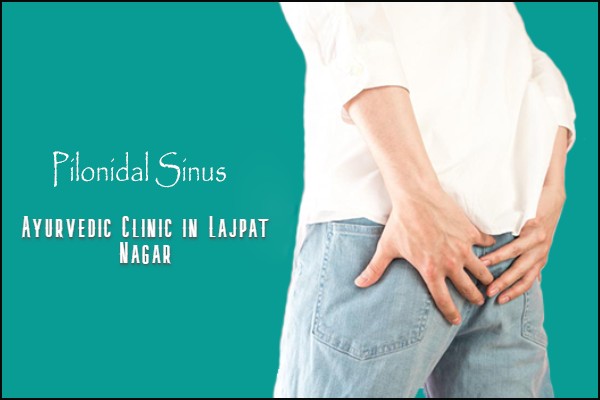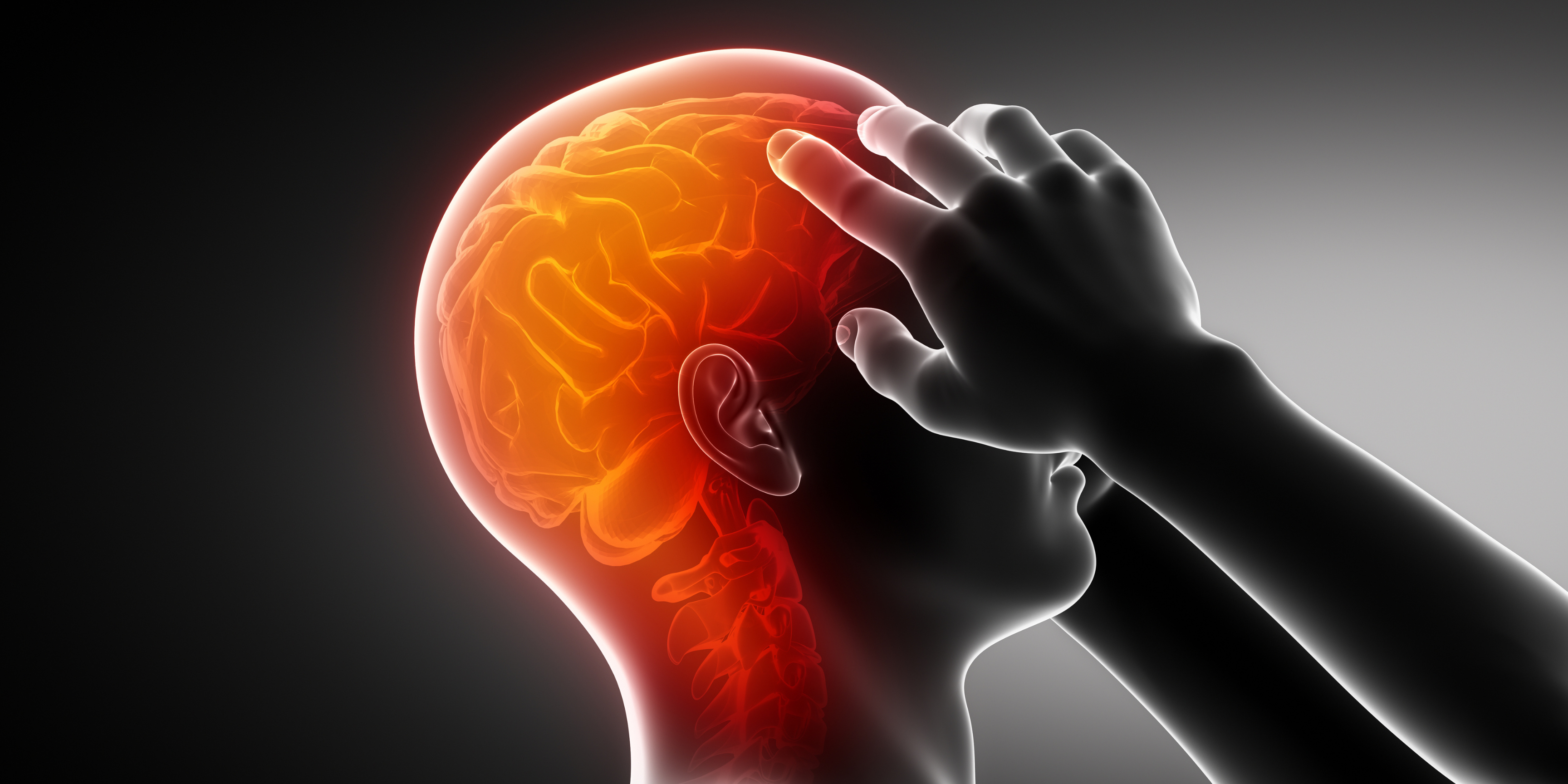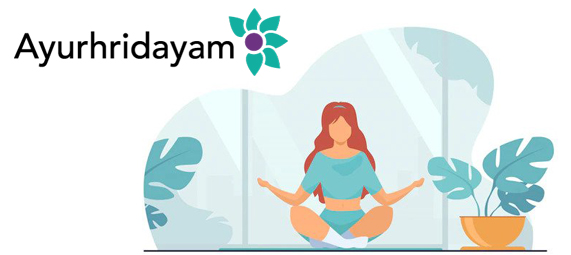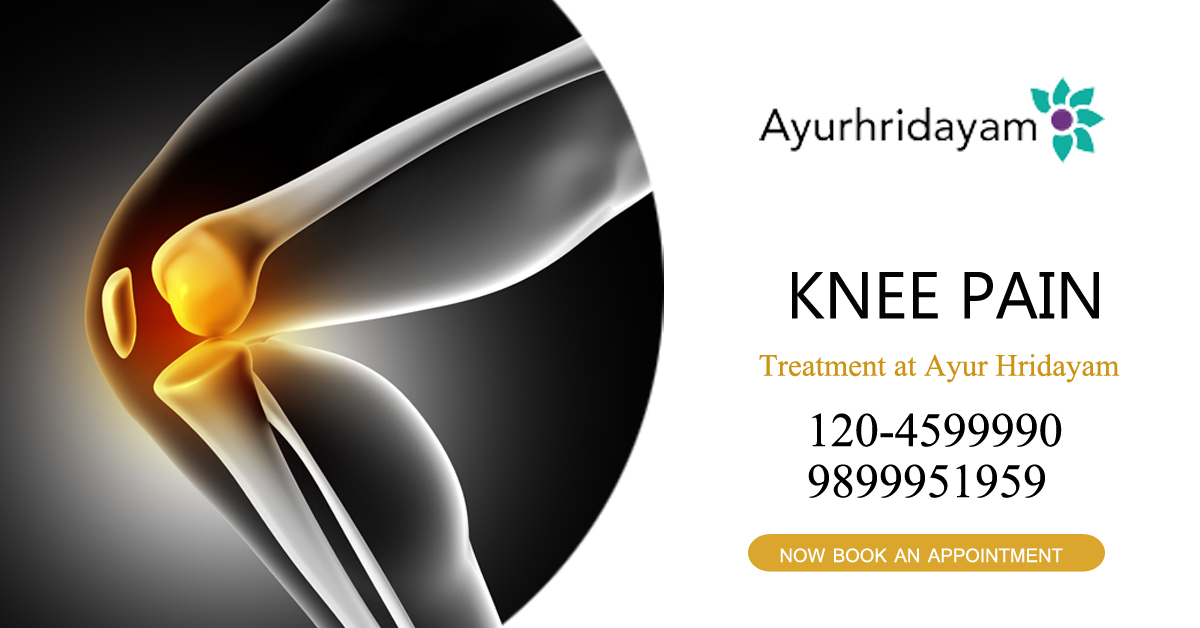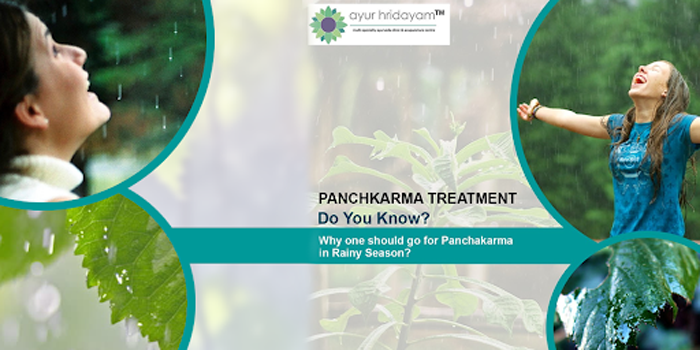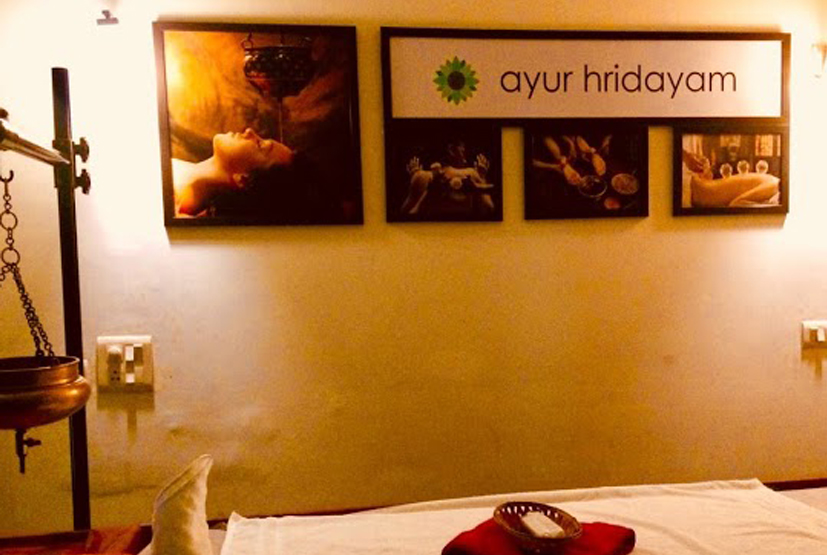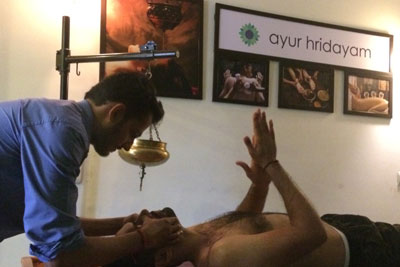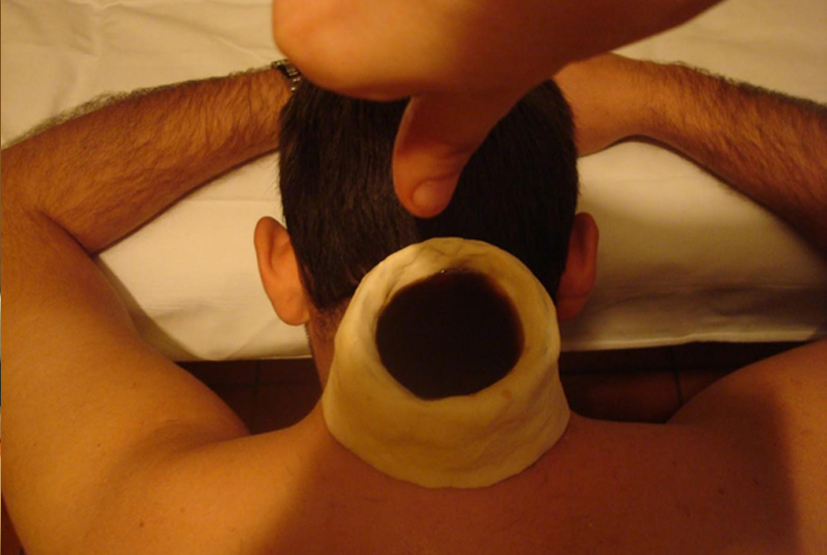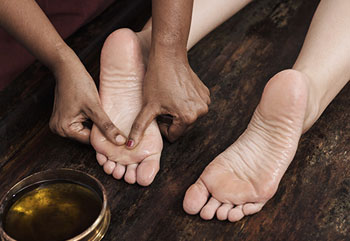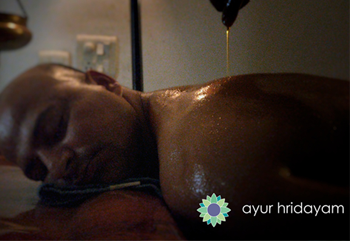Types of Cervical Spondylolisthesis
Home / Types of Cervical Spondylolisthesis
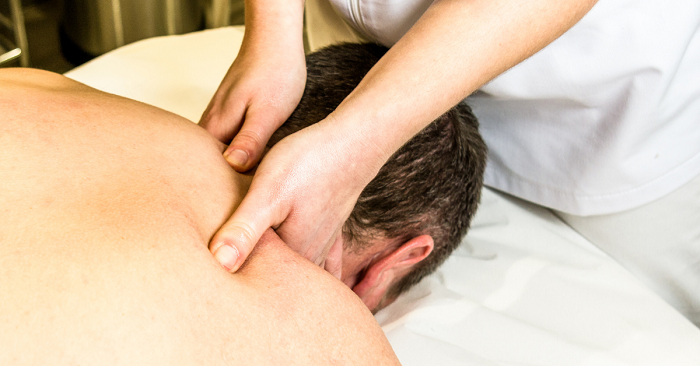
Cervical spondylolisthesis is a disorder that occurs when one vertebra in the neck (cervical spine) slips forward when viewed from the side over the vertebra below. The displacement of the vertebra may compress the spinal cord or nerve roots, which can result in neck pain and stiffness and may even cause tingling or numbness in the arms. While there are many types of spondylolisthesis, cervical spondylolisthesis is much rarer than in the lower back. There are two types of cervical spondylolisthesis: degenerative and isthmic. The two types are defined by the causes and medical management of the conditions. Let’s delve deeper into the two types of cervical spondylolisthesis.
Degenerative Cervical Spondylolisthesis
The degenerative type of cervical spondylolisthesis is associated with aging and degeneration of the spine. As is the case with spondylosis, over time, the intervertebral discs and facet joints will deteriorate. As a result, the spine is unstable and the vertebrae can slip forward.
Common Characteristics:
- It typically occurs in people over the age of 50.
- Usually linked to an arthritis disorder or spinal disc degeneration.
- Symptoms usually start slowly, commonly with neck pain and stiffness.
- Compression of the nerve or spinal stenosis may be present.
This type of spondylolisthesis is usually treated with conventional methods, like physical therapy, pain management, and changes in daily habits. If symptoms linger or worsen, more advanced types of cervical spondylolisthesis treatment, such as surgery, can be an option.
Isthmic Cervical Spondylolisthesis
Isthmic cervical spondylolisthesis is a relatively rare condition. This is caused by a repetitive mechanical stress or a stress fracture in a small piece of bone called the pars interarticularis. While they are more common in the lower spine, other rare cases can appear in the cervical region of the spine.
Common Characteristics:
- Often arises during adolescence or early adulthood.
- Usually caused by repetitive stress or trauma.
- This is very common in athletes and fitness enthusiasts.
- This can be asymptomatic for quite a while.
Isthmic spondylolisthesis usually requires more serious treatment. If detected early, there is hope with physical therapy. Sometimes, if the condition is more severe, surgery is necessary to stabilize the spine.
Holistic Approaches to Cervical Spondylolisthesis
Besides mainstream therapies, many individuals focus on holistic and natural methods to manage their symptoms. Getting Ayurvedic treatment such as Panchakarma, Abhyanga (therapeutic massage), or herbal medicines at an Ayurvedic clinic in Noida can potentially alleviate inflammation, increase circulation, and support spinal health. These methods would focus on healing from the root cause rather than suppressing just the symptoms.
Frequently Asked Questions
Q1: Can cervical spondylolisthesis be treated without surgery?
A1: Yes, many patients may find success with non-surgical treatments such as physical therapy, changing their behaviors, or using Ayurvedic treatments.
Q2: Are Ayurvedic treatments effective for treating cervical spondylolisthesis?
A2: Ayurvedic treatments may improve your symptoms, including reducing inflammation and helping healthy spinal function, especially when combined with conventional care.
Q3: How do I know if I have degenerative or isthmic spondylolisthesis?
A3: Your spine specialist can determine the type with a physical exam and imaging studies, such as x-rays or MRI.










